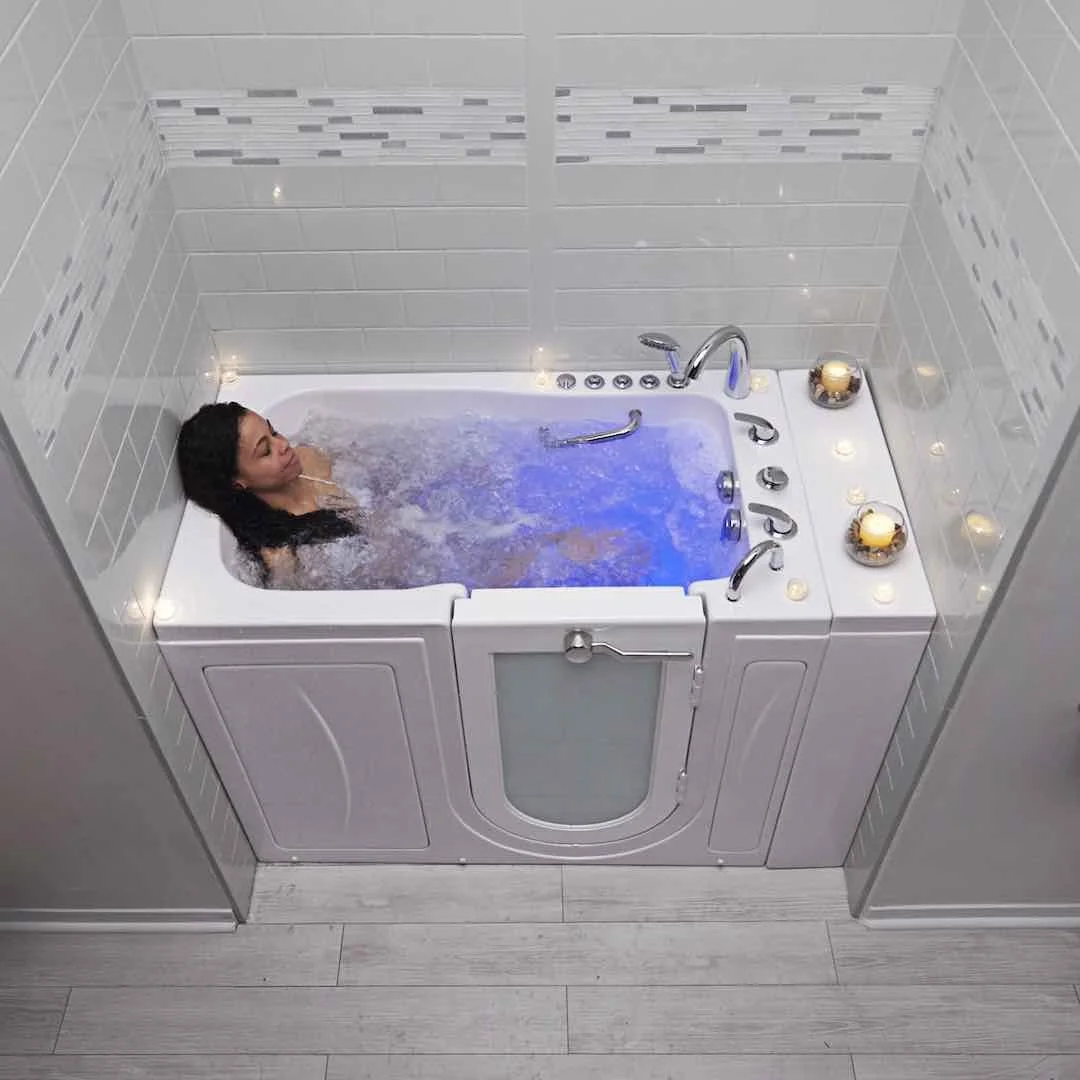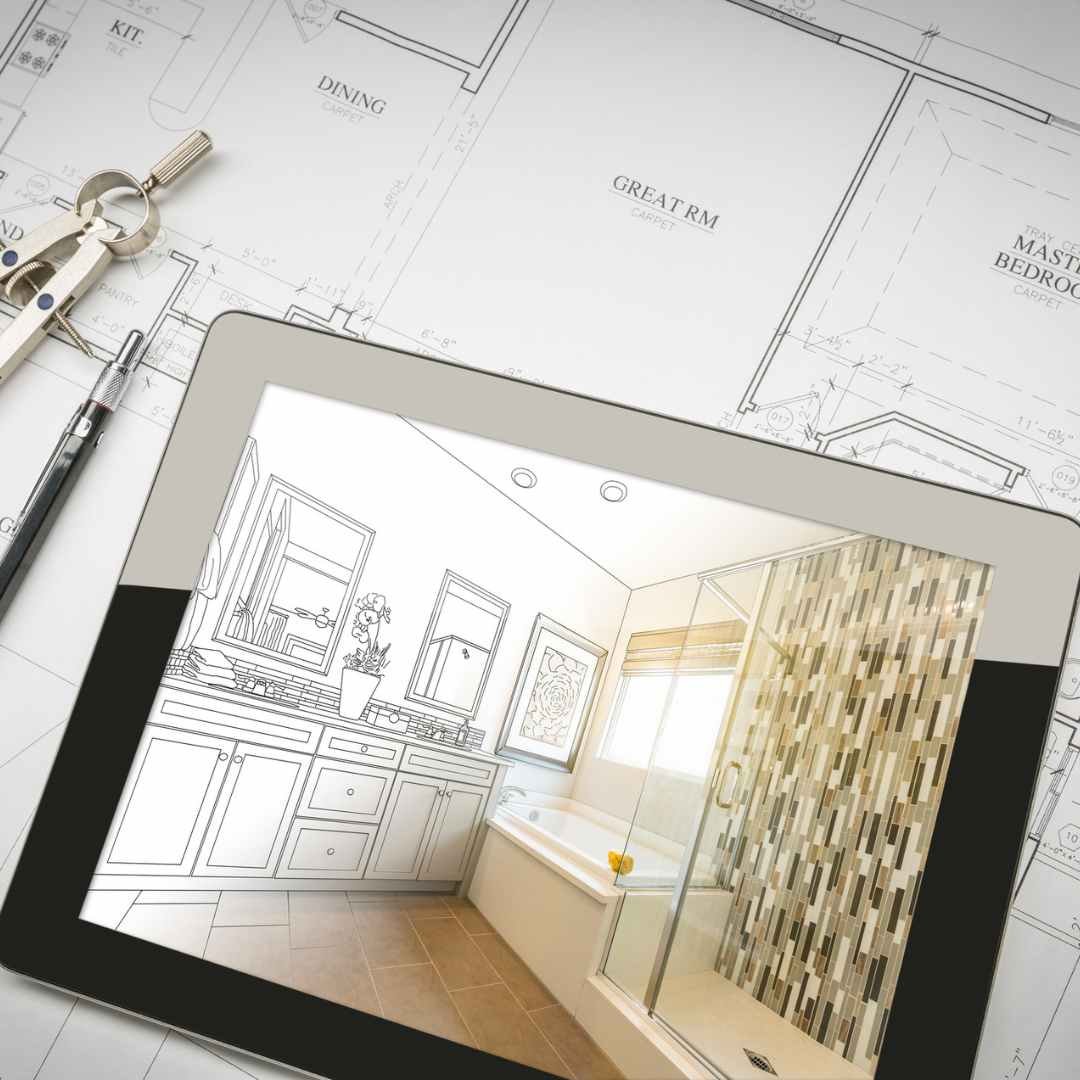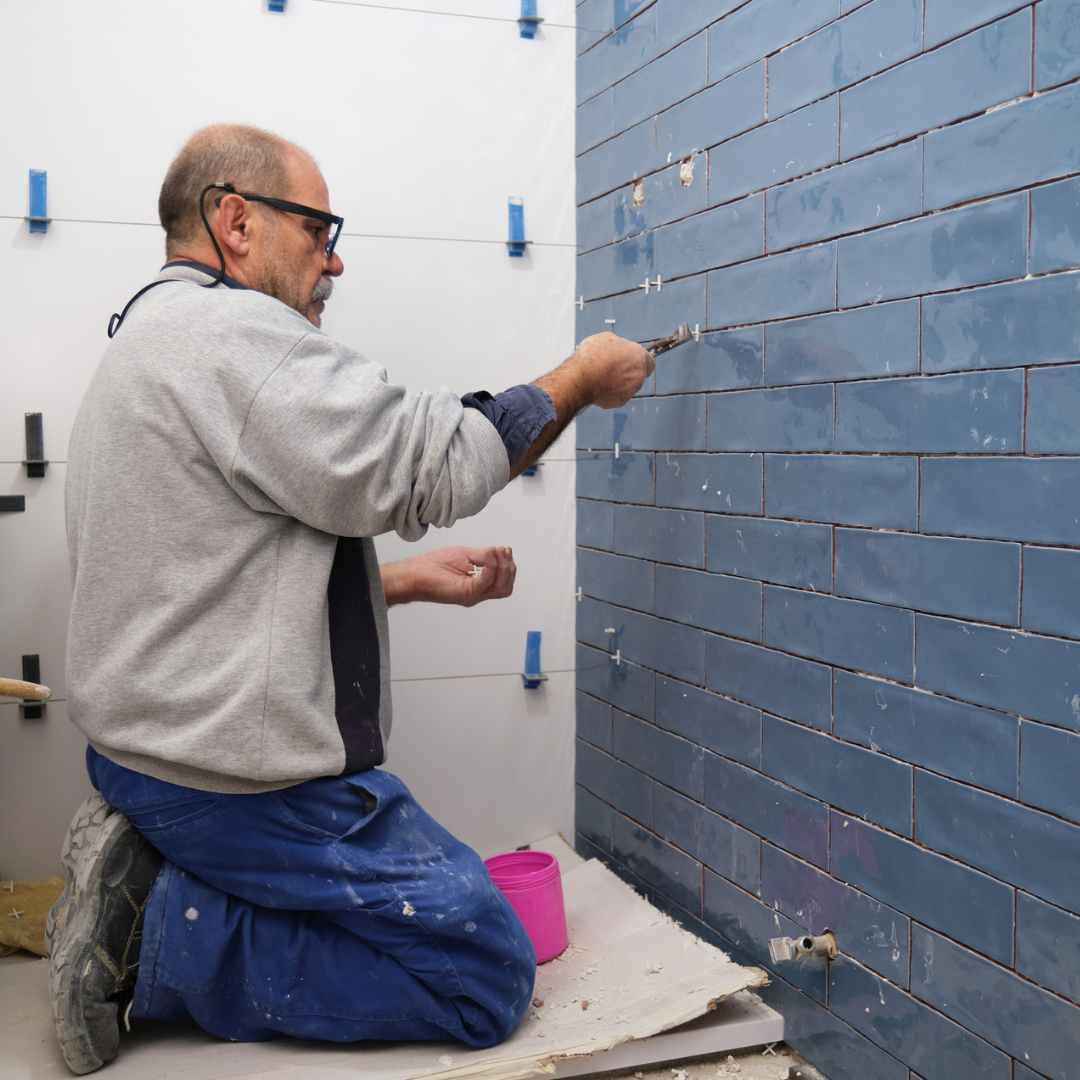Walk-In Tub Installation: What You Need to Know
The idea of installing a walk-in tub in your home may seem daunting. However, this home improvement project can significantly enhance the quality of life for seniors or people with mobility issues. A walk-in tub installation is more than just a renovation, it's an investment in your health and wellness.
The process of installing a walk-in tub is complex and involves several steps. It requires careful planning, from choosing the right tub to understanding the intricacies of the installation process. In this article, I will take you through each step, discussing the considerations, potential issues, and benefits of having a walk-in tub installed in your home.
The journey to a safer and more comfortable bath experience begins with understanding the need for a walk-in tub. So, let's dive in!
Understanding the Need for a Walk-In Tub
The need to get a walk-in tub varies from one homeowner to another. For some, it's a matter of convenience; for others, it's a necessity for safe and independent living. You can review the pros and cons of walk-in tubs in our blog.
A walk-in tub provides an easy access bathing solution for those with mobility issues. Instead of climbing over a high bathtub wall, one can simply open a door, walk in, and bathe safely and comfortably. Typical safety features include grab bars, non-slip flooring, and a built-in seat, providing a safer and more comfortable bathing experience.
Moreover, there are therapeutic benefits. Many models come with hydrotherapy jets, which can help to relieve arthritis pain, soothe sore muscles, and promote relaxation. These benefits make the investment worthwhile for many homeowners.
Choosing the Right Tub for Your Needs
Choosing the right walk-in tub for your needs is an essential step. You'll need to consider the right model to fit your home's bathroom layout, your budget, and your specific needs.
When choosing, consider size and shape. It should fit comfortably in the existing space in your bathroom (some tubs require large amounts of space). Additionally, consider the door design. Some models have inward-opening doors, while others have outward-opening doors. An inward-opening door requires less bathroom space, but an outward-opening door may be easier for those with severe mobility issues to use.
There are also features and accessories to consider. Do you prefer whirlpool jets for a spa-like experience? Or perhaps you need additional safety features, like a built-in seat or grab bars. The right choice for you will depend on your personal preferences and needs.
Assessing the Existing Layout: Place the Tub & Widen Bathroom Door
Once you've made a selection, the next step is to assess your existing bathroom layout. This involves measuring your bathroom space to ensure everything will fit, and considering any necessary modifications.
For instance, you may need to modify your bathroom door to accommodate the width of the unit. In some cases, you might need to move the toilet or sink to make room (sometimes even an inch requires modifications). Also, keep in mind that your existing plumbing and electrical systems must be able to handle demand, and may need to be adjusted.
Assessing your bathroom layout beforehand can help to prevent potential issues during the process. It's always a good idea to discuss your bathroom layout with a professional to ensure that the process goes smoothly.
Preparing for Walk-In Tub Installation
Before the install begins, there are several steps you need to take to prepare your bathroom.
First, you should clear the bathroom of any unnecessary items. This includes removing any decorations, bath mats, or shower curtains. The contractor will need ample space to work.
Next, ensure that your bathroom's plumbing and electrical equipment are in good working order. If necessary, schedule an appointment with a plumber or electrician to make any necessary repairs. Keep in mind, this comes with a fee.
Finally, set a date and time for the install. Make sure you will be home, as access to other parts of your home may be needed.
The Installation Process: Plumbing, Drain, and Electrical Considerations
The install process involves several steps and requires careful attention to plumbing and electrical considerations.
First, the installer will remove your old tub. This involves turning off the water supply and disconnecting the drain and water lines.
Next, the contractor will prepare the space. This may involve adjusting the plumbing and electrical systems to accommodate the new tub. For example, the drain may need to move, new water lines may need to be added, or an electrical circuit with a GFCI for a jet or heater could be required.
Then, the installer will place the new tub in the space, connect it to the plumbing and electrical systems, and ensure that it is level and secure. Finally, the installer will test everything to ensure it is working correctly.
The Role of a Professional Installer
The role of a professional installer is crucial. An experienced contractor can answer any questions, and ensure that everything is installed professionally and safely, minimizing the risk of leaks or other issues.
The contractor will handle all aspects of the project, from lifting and removing your old tub to testing the new one. They will also handle any necessary modifications to your bathroom, such as moving the toilet or adjusting the plumbing and electrical systems.
Moreover, a professional can provide valuable advice and guidance throughout the process. They can help you choose the right model, assess your bathroom layout, and prepare your bathroom for the project.
Potential Issues that May Arise During Bathtub Installation
Despite careful planning and preparation, potential issues may arise. These might include leaks or electrical problems, unexpected construction issues, or issues with the unit itself.
For example, the installer may discover that your bathroom's plumbing or electrical system needs more extensive modifications than anticipated. Or, they may find that the bathroom floor or tile is uneven, requiring additional work to ensure everything is level.
In some cases, there may be issues, such as a faulty door seal or a malfunctioning jet. These issues can usually be resolved by the installer or by contacting the manufacturer.
Associated Cost of a Walk-In Tub Installation
The costs associated with walk in bath installations can vary widely, depending on the model, the complexity of the project, and the need for bathroom modifications.
On average, the cost of a walk in bath can range from $2,000 to $5,000, and the cost of installation can add another $1,000 to $3,000 to the total cost. This does not include any necessary modifications to your bathroom, which can add significantly to the total cost.
When considering the cost, keep in mind that a walk in bath is not just a luxury item, but a safety feature that can enhance your quality of life. Many homeowners find that the benefits outweigh the costs.
The Time Frame for Installing a Walk-In Tub
The installation time frame can vary, depending on the complexity of the project and barring any unforeseen issues.
On average, the process can take between one and two days. This includes the time for removal, preparing the space, installing and testing.
However, if your bathroom requires extensive modifications, or if issues arise making the process may take longer. Always discuss the expected time frame with your installer beforehand to ensure you are prepared for the process.
Post-Installation: Ensuring Safety and Comfort
Once installed, there are a few steps you should take to ensure your safety and comfort.
First, familiarize yourself with the features and how to use them. This includes understanding how to open and close the door, how to use the controls, and how to use any safety features, like grab bars or a built-in seat.
Next, keep the tub clean and well-maintained. Regular cleaning can prevent the buildup of bacteria and mold, and routine maintenance can ensure it continues to function properly.
Finally, enjoy your new tub! With its convenient features and safety benefits, a walk-in tub can make bath time a relaxing and enjoyable experience.
The Benefits of Having a Walk-In Tub Installed
Having a walk-in tub installed in your home can provide numerous benefits. For seniors or people with mobility issues, a walk-in tub can increase independence and safety in the bathroom.
A walk-in tub can also offer therapeutic benefits. The warm water and optional hydrotherapy jets can help to relieve pain and stiffness, promote relaxation, and improve sleep.
Moreover, a walk-in tub can enhance the value of your home. Many prospective home buyers view a walk-in tub as a desirable feature, especially those planning for their retirement years.
Relaxing in Your New Walk-In Bathtub
The process of having a walk-in tub installed in your home may seem complex, but with careful planning and the help of a professional installer, it can be a smooth and rewarding experience.
By understanding the process, from choosing the right tub to preparing for the installation, you can ensure that your new walk-in tub will be a safe, comfortable, and beneficial addition to your home. So, take the plunge, and start enjoying the relaxing benefits of your new walk-in bath today!









